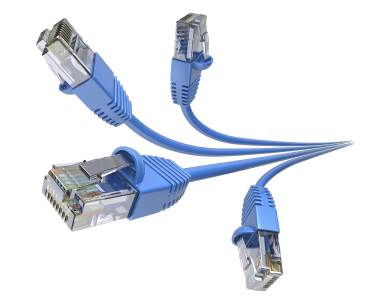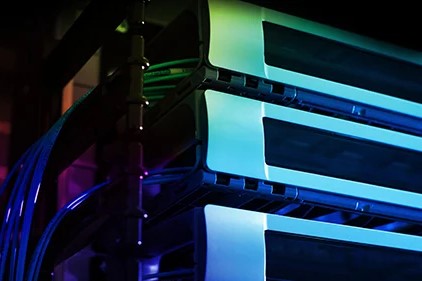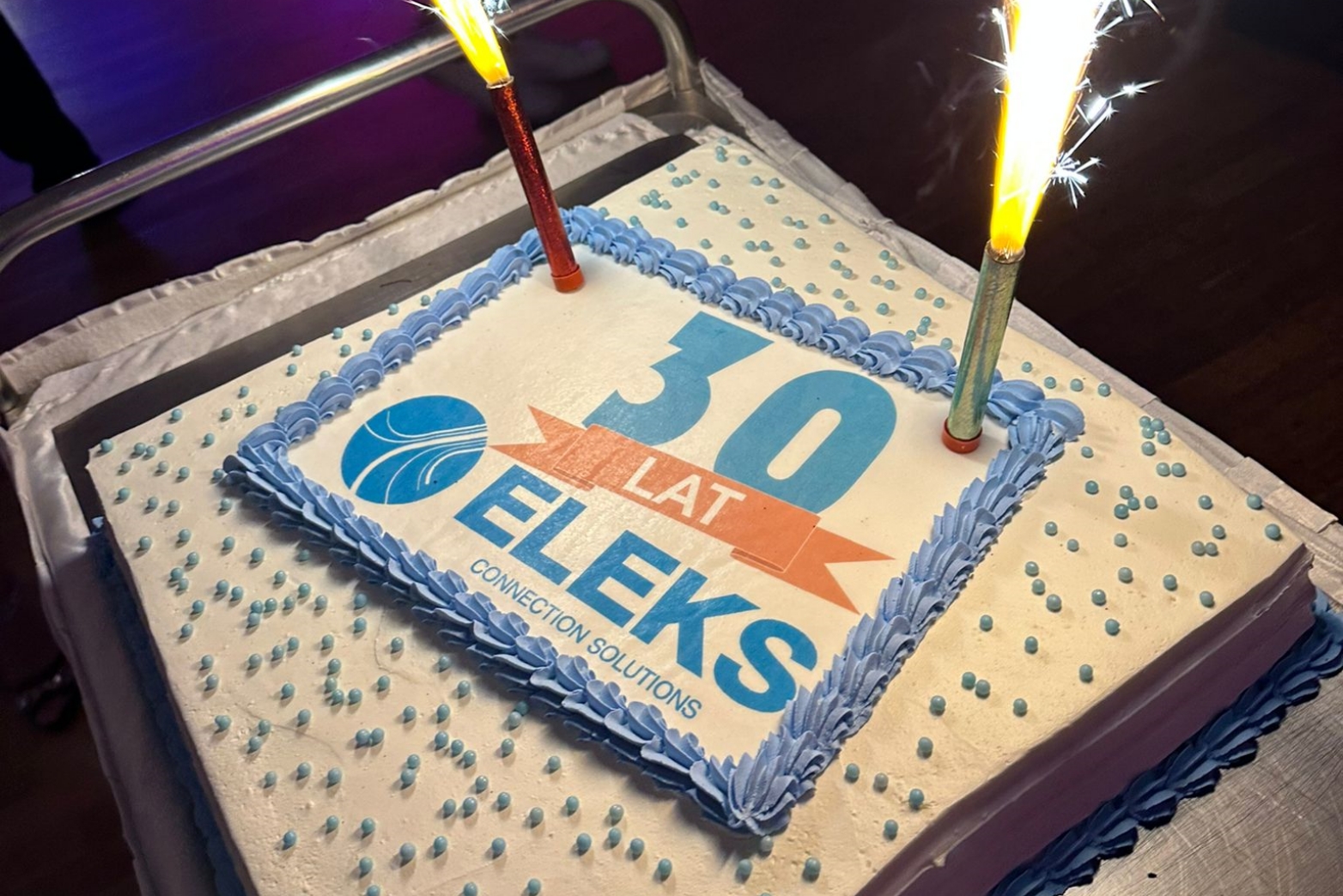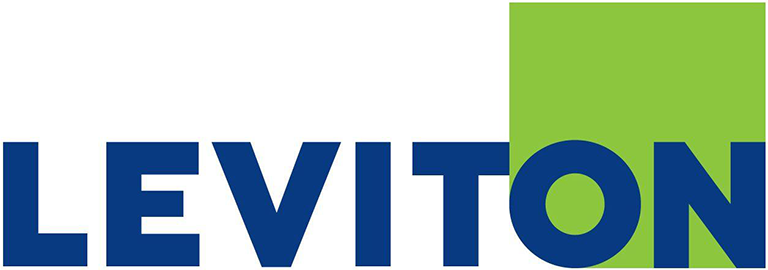The idea of structured cabling systems
The new market was established along with the rapid development of computer technologies in the 70s. When we saw the need to provide interconnections between growing number of user, we decided to meet the demand.
The idea of flexible and versatile networks was implemented by introducing structured cabling, which allowed to integrate telephone, computer and TV networks along with other ICT services. It has provided multi access to the ICT services in all buildings, on each floor and in every room of the clients company.
Such a solution gives our customers opportunity to operate in efficient and flexible business environment. It allows to administrate interconnection system between endpoint users more conveniently and effectively.
The opportunity of free usage of IT network is achieved by using homogeneous structured cabling and modular RJ-45 connectors. Each socket is connected to the patch panel through its own length of the cable in the one to one relation.
Section which connects user endpoint with the panel in the distribution point is called the horizontal cabling.
Whereas the connection between the two building mains is called the vertical cabling.
Structured cabling, in terms of cable design, can basically be divided into two types: copper and fiber optic.
Copper cabling
Global and European standards define different classes and categories of copper cabling. For LAN computer network installations, the most popular cables are 4-pair twisted-pair cables. In addition, there is also the so-called coaxial cable. Currently, however, the most popular are twisted-pair cables that qualify for one of the following categories:
- Category 5e
- Category 6
- Category 6a
- Category 7
Much less popular are cables from the legacy Category 3, which no longer meet the requirements that modern LANs have. Also, cables that fall into the newest category (i.e. 8.1 or 8.2) are not used so often due to cable length limitations (although they find their use in Data Center facilities).
In addition to the category of the cable, the shielding is key to determining its construction. A twisted pair cable can be unshielded or shielded. Shielding can cover the entire cable as well as the pairs themselves. In addition, shielding can be of foil (F) or mesh (S). Depending on these characteristics, when describing a cable there will be one of abbreviations such as e.g. F/UTP, F/FTP, S/FTP or SF/UTP - where the member before the "/" denotes the shielding on the entire cable, and the member after the "/" refers to individual pairs. When dealing with unshielded cabling, the abbreviation U/UTP or UTP will simply appear when describing the cable.
Shielding has a positive effect on most transmission parameters of cabling, but is associated with a higher cost of materials and labor.
For most of the new installation of LAN networks the UTP unshielded cable will be enough. We offer cabling of different types - we are able to prepare offer cost estimates of various cables and accessories depending on the customer needs and expectations.
Fiber Optic cabling
Fiber optic uses a completely different technology to transmit data than copper cables. In this case, the signal is transmitted by modes of light, which are passed through very thin glass fibers that make up the cables. The basic typology distinguishes two types of fiber optic cables:
- Singlemode (SM)
- Multimode (MM)
Singlemode cables differ from multimode cables in the size of the core and the number of light modes transmitted through the fiber during data transmission. SM fibers allow data transmission over much longer distances than MM, but they are usually more expensive.
Fiber optic cabling are present almost exclusivelt in vertical cabling (also know as backbone cabling). Our offer includes optical fibers of various types - we are able to prepare an offer depending on the expectations and requirements of the end customer.
Automated Infrastructure Management system
Additional technical solutions offer the possibility of convenient and efficient administration of the system of interconnection between users. The work of administrators is facilitated by Automated Infrastructure Management (AIM) systems - e.g. imVision-iPatch by Systimax.
By introducing structured cabling with AIM, we increase the efficiency of the company. This allows to ensure efficient operation of all users, while providing the IT administrator with a tool for real-time infrastructure management using real network data. Administration with AIM allows real-time device monitoring and accurate network documentation. It also provides practical, real-time data and insight into system performance and enables optimization of active devices.
Structured cabling systems
We can deliver and implement structured cabling of many widely recognized producers - feel free to check our qualifications in Certificates tab. We offer products of such brands as: Commscope (Systimax, Netconnect), Corning, Panduit and many more:

















